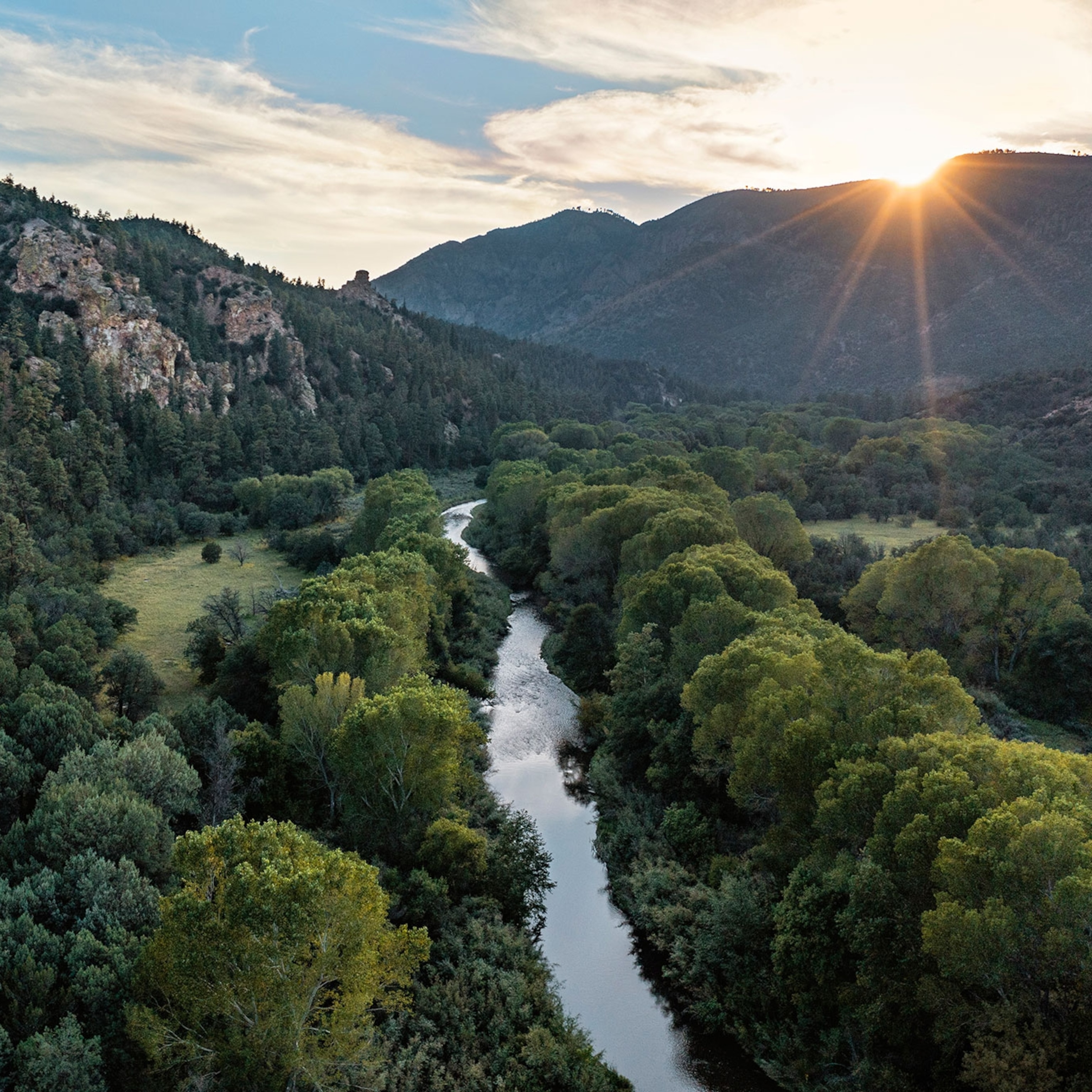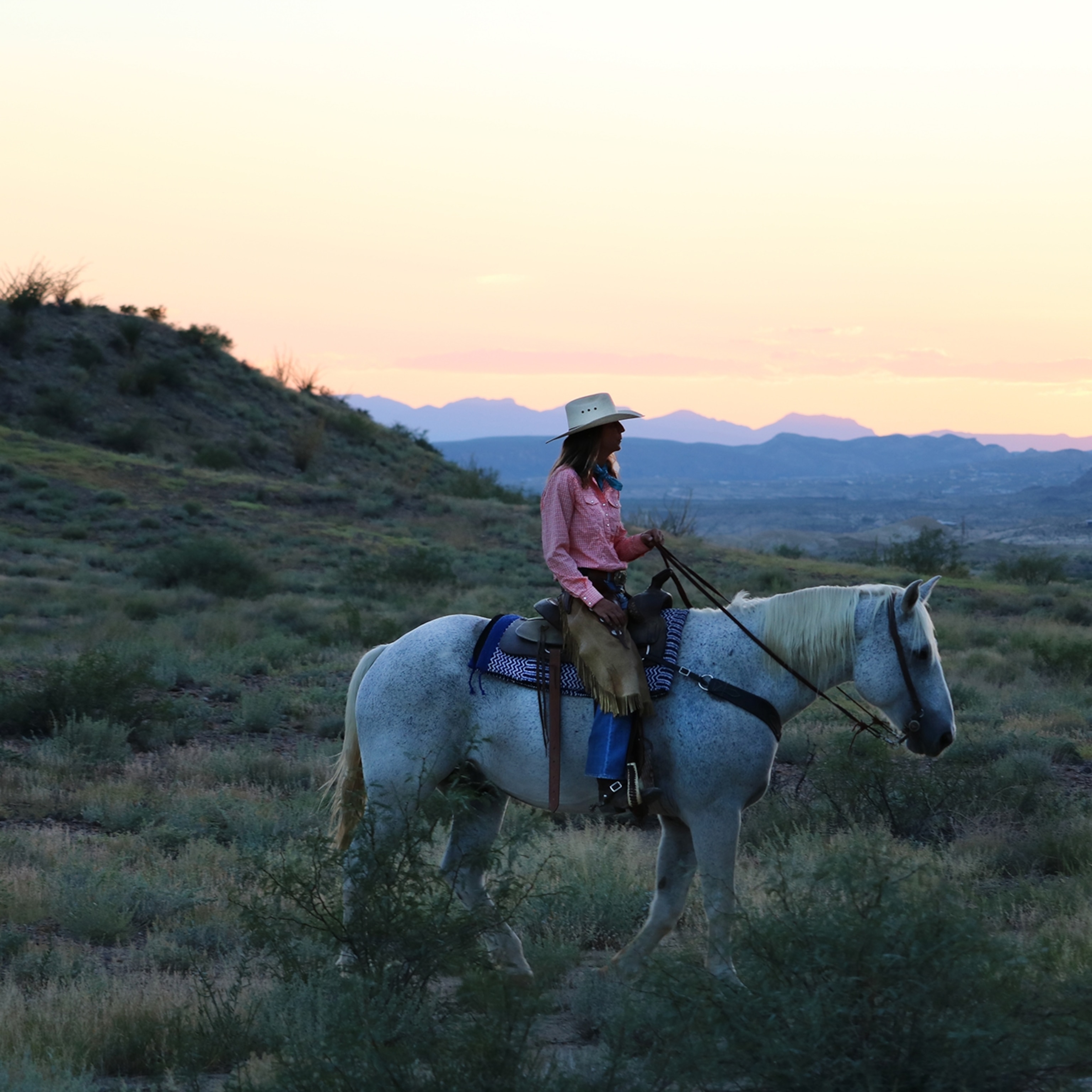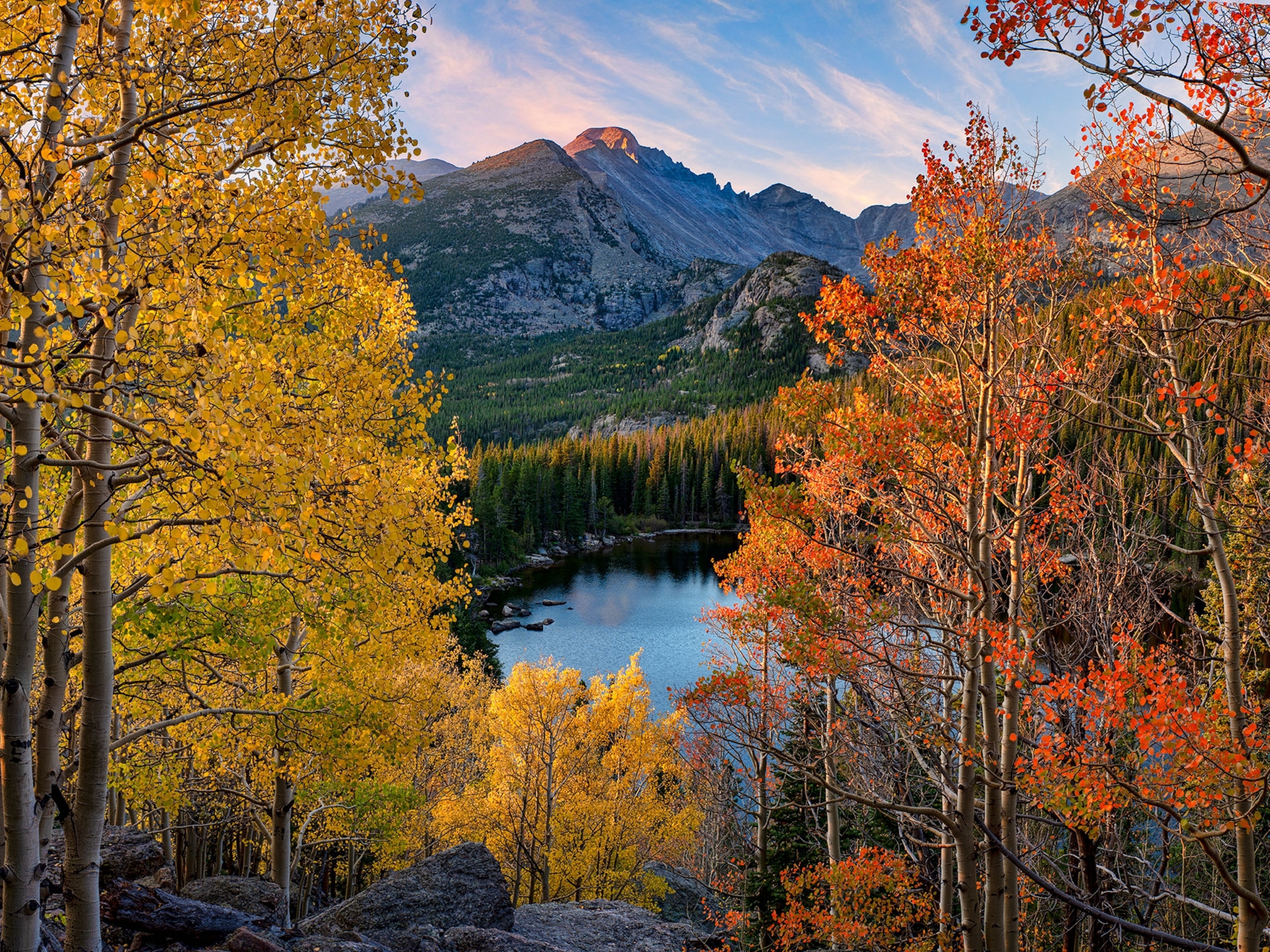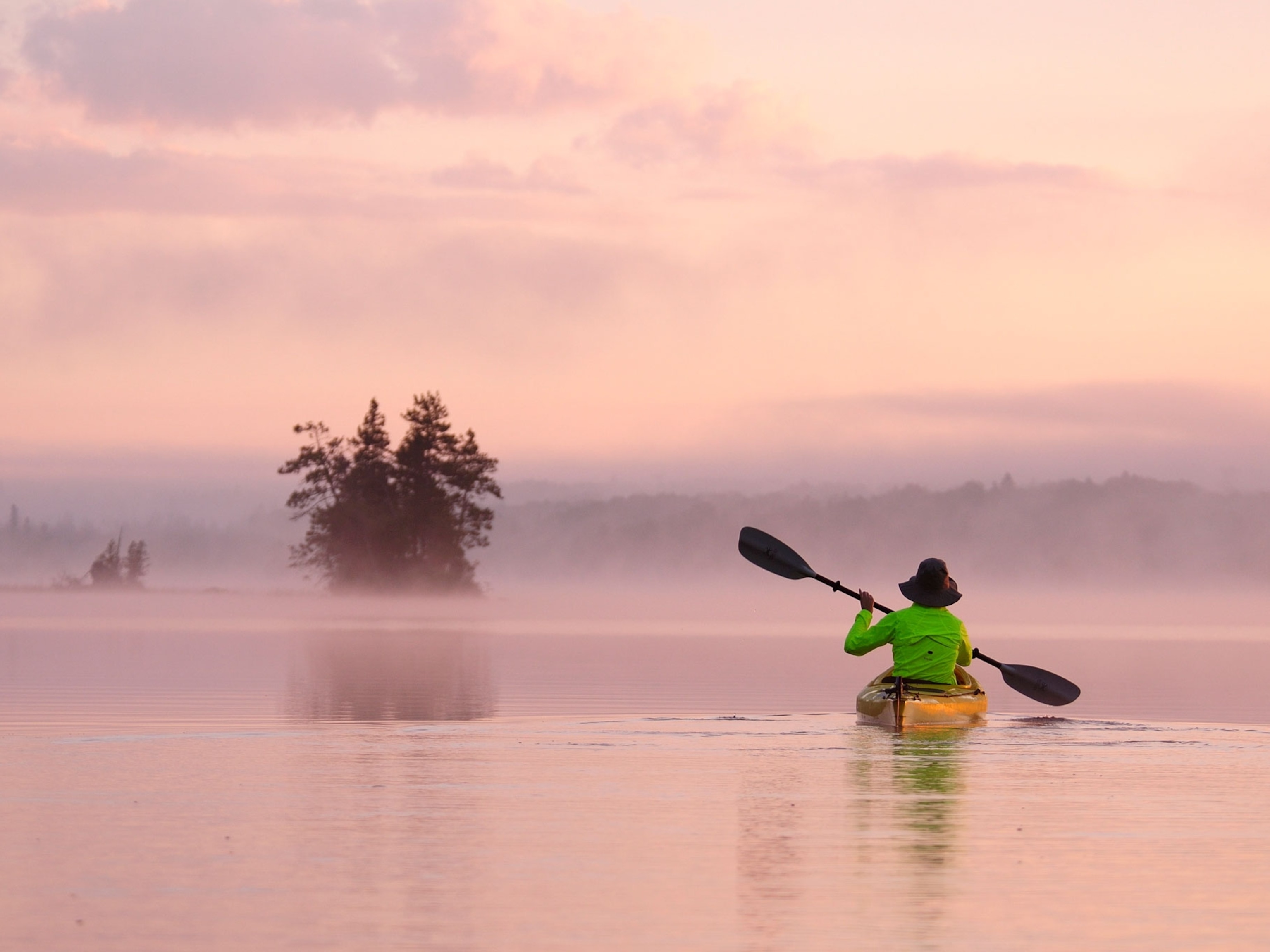The best wildflower hiking trails in the U.S.
Spring is in bloom. Here are our favorite places to frolic through fields of flowers, from the Pacific Northwest to the Appalachian Mountains.
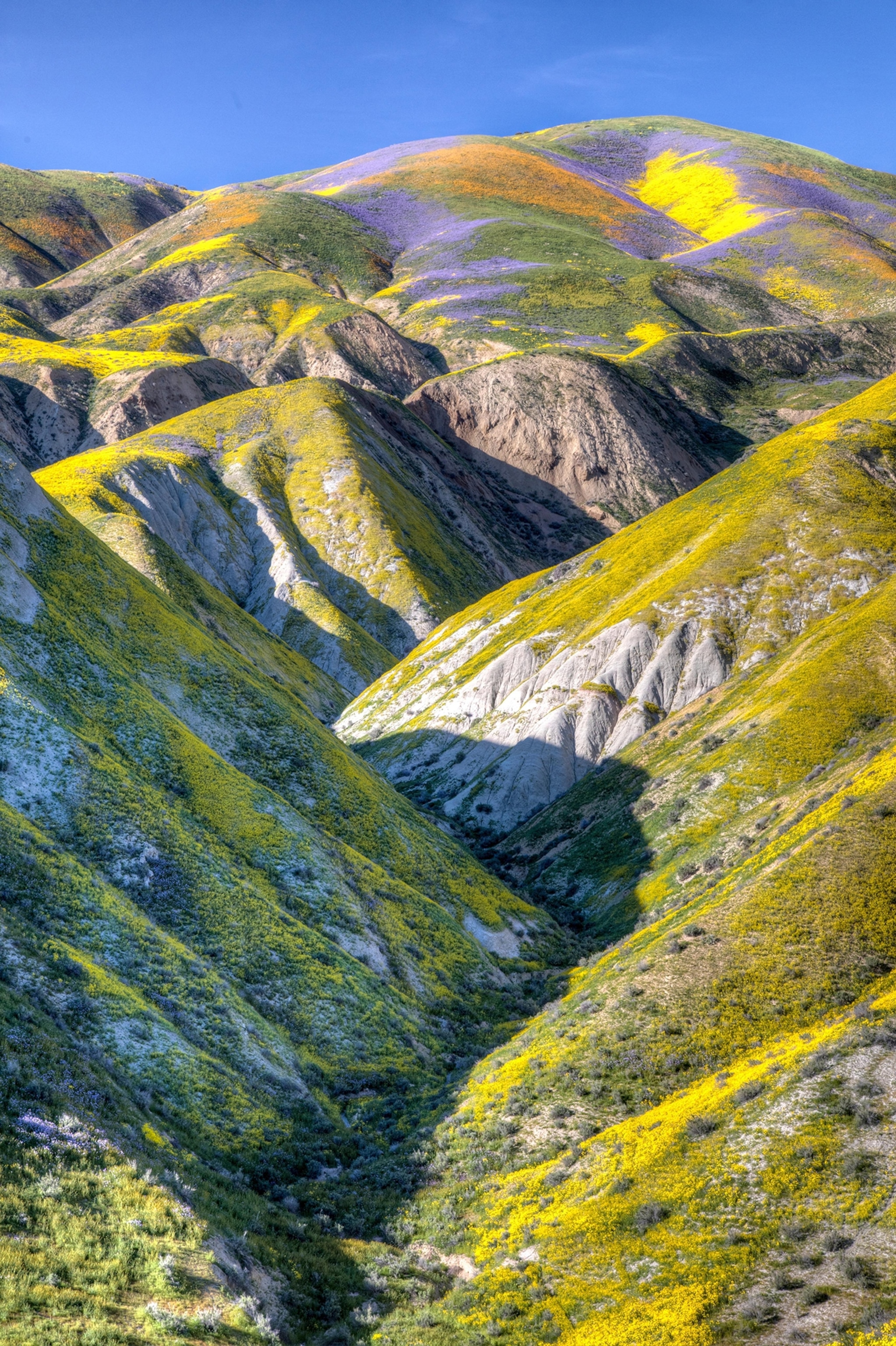
There’s never a bad season to travel, but there’s something special about spring. The snow has melted, flowers begin blooming, and the long-winter hibernation mode that many of us experience transforms into an irresistible urge to get out and explore. Add in that the summer crowds haven’t yet arrived so many destinations are calmer, quieter, and less expensive to visit between March and May.
Few things announce the arrival of spring as much as wildflowers, so what better way to take in the glory of the season than a hike through wildflower-filled fields? Whether you want to inhale fresh mountain air in a massively popular National Park in Tennessee, or escape to a quiet corner in the Pacific Northwest, here’s where to go.
Yakima, Washington
About 2.5 hours southeast of Seattle sits Yakima, a brewery- and winery-rich region known for its hops and grape fields that peak in late summer and early fall. But come spring, Yakima is the place to be for wildflower hikes. The Cowiche Canyon Conservancy’s Snow Mountain Ranch covers a 2,000-acre area where remnants of the ranch’s past (like old stock watering tubs) are paired with sweeping views of the valley. Opt for the Wildflower Trail, a 3.8-mile loop where brilliant arrowleaf balsamroot wildflowers explode across the hillsides between late April and mid-May.
Nearby Mount Rainier National Park also offers the easy 3.5-mile Naches Peak Loop, where the impressive Mount Rainier serves as a picture-perfect backdrop to the sub-alpine flower-filled meadows. Note that because this is at a higher elevation prone to cold, and potentially snowy springs, most flowers begin blooming in mid-July.
San Luis Obispo, California

Thanks to above-average rainfall in winter, San Luis Obispo enjoys a burst of bloom come April and May. The Cerro San Luis Natural Reserve is the perfect place to take in spring flowers, as it has several hiking routes decorated with morning glories, lupines, monkeyflower, and Indian paintbrush. For an easy hike, go with the 2.2-mile Lemon Grove Loop; otherwise, consider the 4-mile Cerro San Luis (also known as Madonna Mountain). This dog-friendly trail has about 1,000 feet of elevation and those who make it to the summit are treated to stunning views.
At the nearby Reservoir Canyon Natural Reserve, more advanced hikers should consider the Reservoir Canyon Trail, a dog-friendly 5.5-mile loop where California poppies and buttercups mingle alongside blue-eyed grass, sharp toothed sanicle, and Johnny jump-ups. Not only will trekkers be treated to panoramic views at the top, but the trail also features oak and eucalyptus groves, rivers, and a waterfall.
(Related: 32,000-Year-Old Plant Brought Back to Life—Oldest Yet)
Lake Placid, New York
About 20 miles northwest of Lake Placid, the tiny hamlet of Paul Smiths is a less-crowded corner of the Adirondacks where they take wildflowers very seriously. Paul Smith’s Visitor Interpretive Center (VIC) includes a 25-mile trail system, where interpretive nature trails and boardwalks wind through wetlands, bogs, and flower-freckled forests. Violets and trillimus begin blooming in April and May while lilies, orchids, and meadow wildflowers get started in June.
(Related: I hike 3-4 times a week — these are the daypacks I swear by)
The Boreal Life Trail is a short and sweet 1.6-mile loop that is a highlight of the area. Here, you’ll find peatland scattered with sundews and carnivorous pitcher plants, and wet meadows where pink lady’s slippers, marsh marigolds, and blue flag iris are on brilliant display. The Boreal Life Trail was designated as a New York Birding Trail by the New York State Department of Environmental Conservation and is also part of the Great Adirondack Birding Celebration. As such, it’s the perfect place to not only see wildflowers, but also to spot black-backed woodpeckers, Canada jays, and boreal chickadees.
Boone, North Carolina
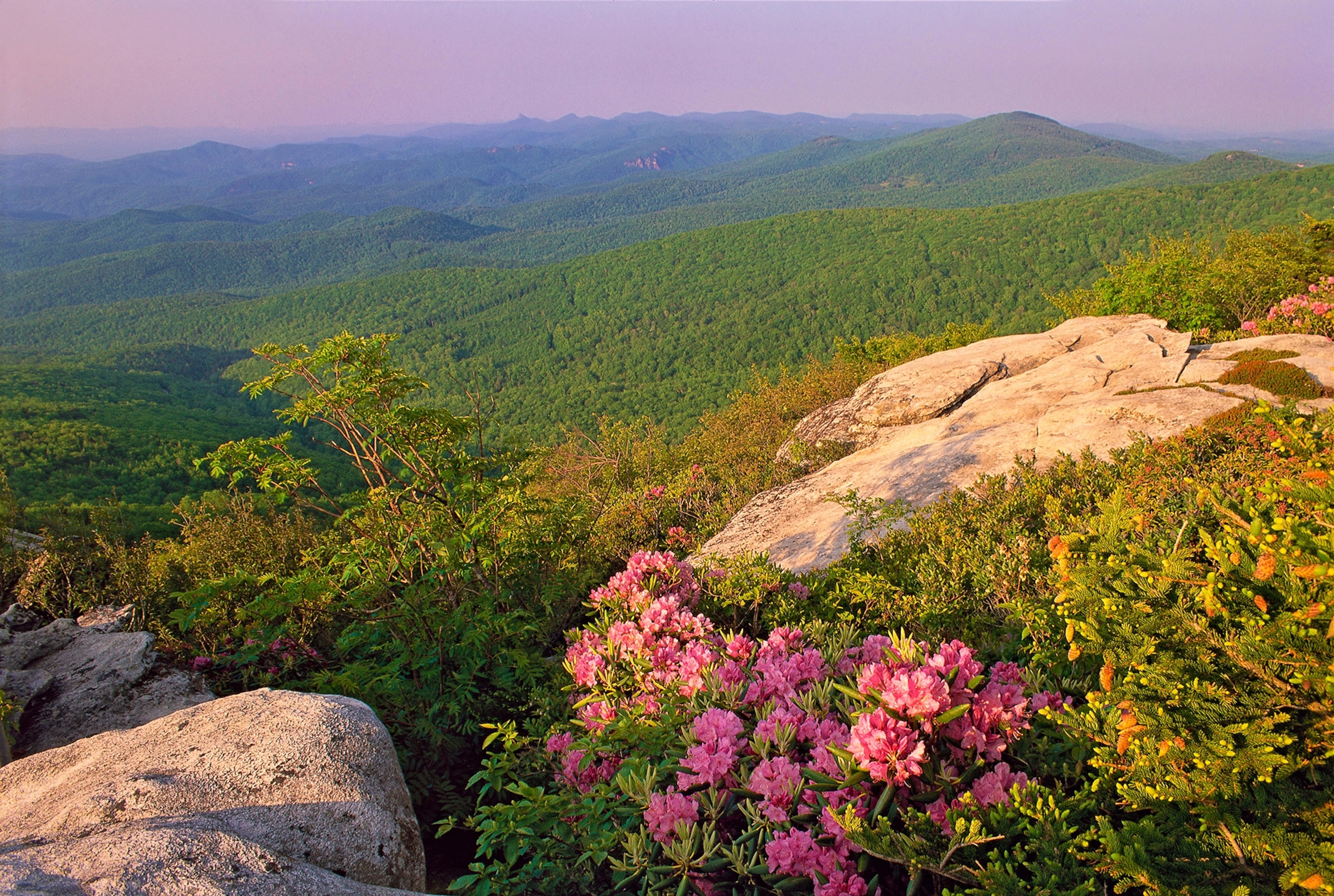
Following the slope of Grandfather Mountain, the Tanawha Trail is a 13.5-mile hike along the Blue Ridge Parkway near Boone, North Carolina. Known for fiery fall foliage in autumn, the region lights up with wildflowers beginning in April. Trillium, dwarf iris, bloodroot, bluets, and mayapple bloom first, making way for flame azaleas and rhododendrons in May, then black-eyed Susans in June. Hikers can choose between short, easy options like the Rough Ridge Overlook (which can get crowded on weekends), or trek the full route for more of a challenge. Either way, rare high-elevation flowers are made that much more spectacular by views of the surrounding Appalachian Mountains.
Less than an hour to the northeast is Elk Knob State Park, where the Summit Trail combines fiery flame azaleas with stunning summit views. This moderately strenuous 4-mile out-and-back trail includes some steep sections, but the payoff is a panoramic view of the surrounding mountains.
Logan, West Virginia
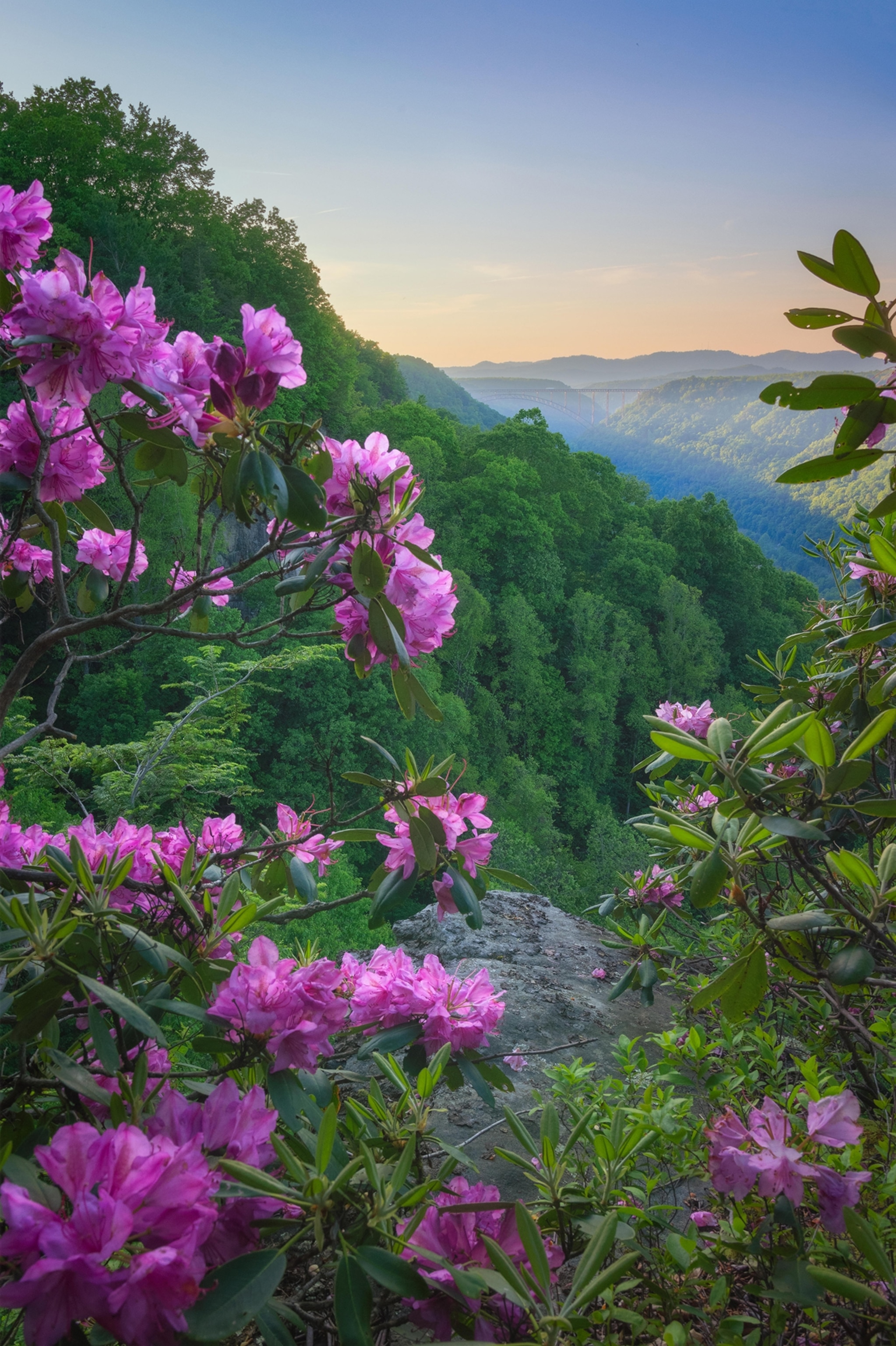
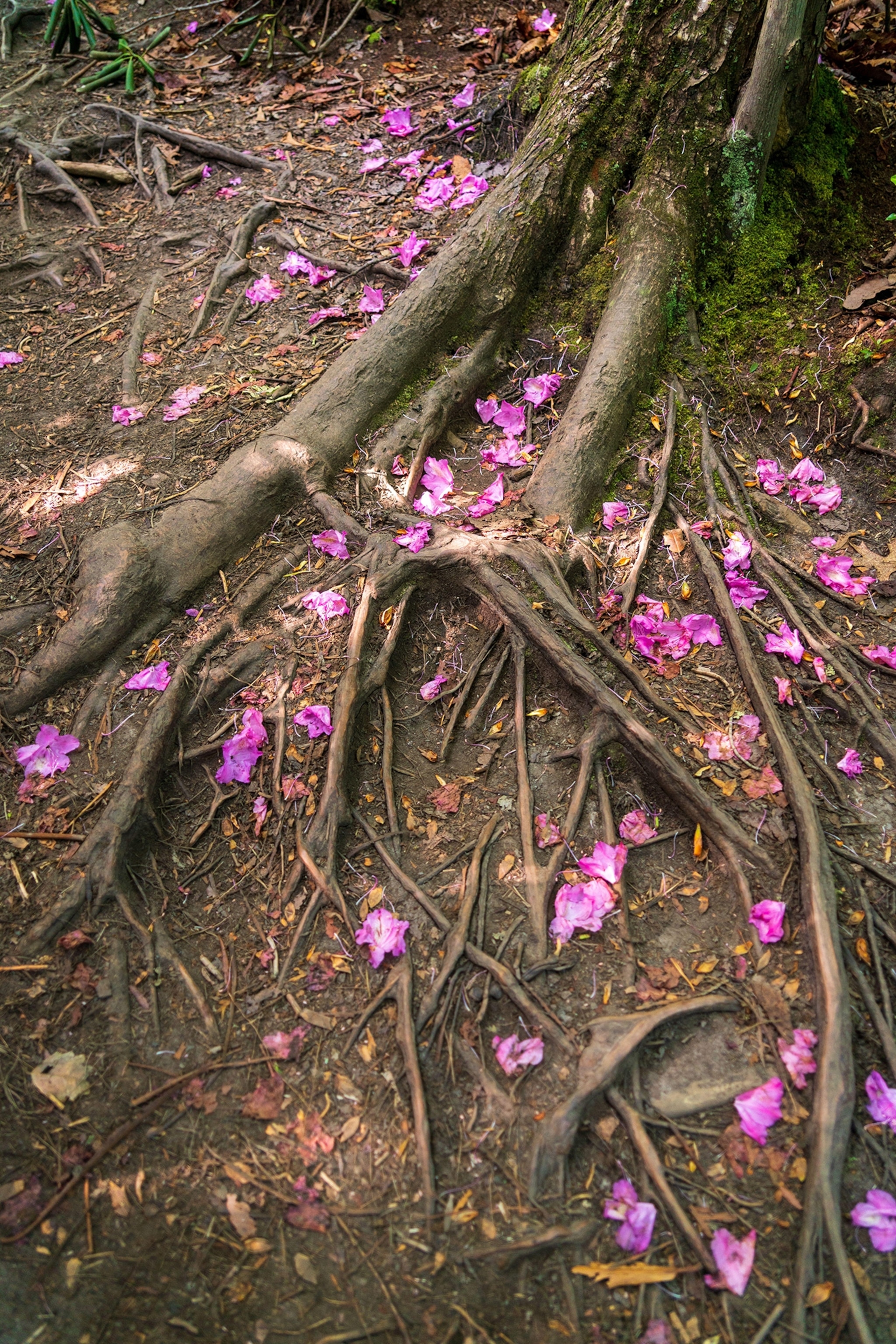
An hour southwest of Charleston, West Virginia, Chief Logan State Park welcomes visitors with 4,000 acres of parkland full of mountains, forest, lakes, rivers, campgrounds, and historical sites. For more than 40 years, the park has hosted a wildflower hike where park experts lead wildflower seekers on group hikes of varying lengths (most range from 2.5 to 8 miles). Those who prefer to go without a group can choose from 11 other park hikes. When spring hits full bloom (typically between April and May), more than 100 different species of wildflowers can be found in the park, including violet larkspur (also referred to as prairie violet) and Dutchman’s-breeches.
While you’re in West Virginia, consider heading two hours west to one of America’s newest national parks, New River Gorge National Park and Preserve. The moderate Endless Wall Trail is a 3.2-mile loop of rolling (and sometimes rocky) terrain that looks out over the park’s namesake, New River Gorge. Not only do the trail’s clifftop viewpoints offer some of the most sweeping views in the entire state, but in late spring, the trail is also lined with mountain laurel, rhododendrons, and trilliums. In addition to hiking, this part of the park is popular with rock climbers, so you may see some making their way up the towering sandstone cliffs below the trail. Should you be a climber yourself, be sure to pack your climbing gear along with your hiking boots and poles.
(Related: What to wear hiking, from clothing to gear)
